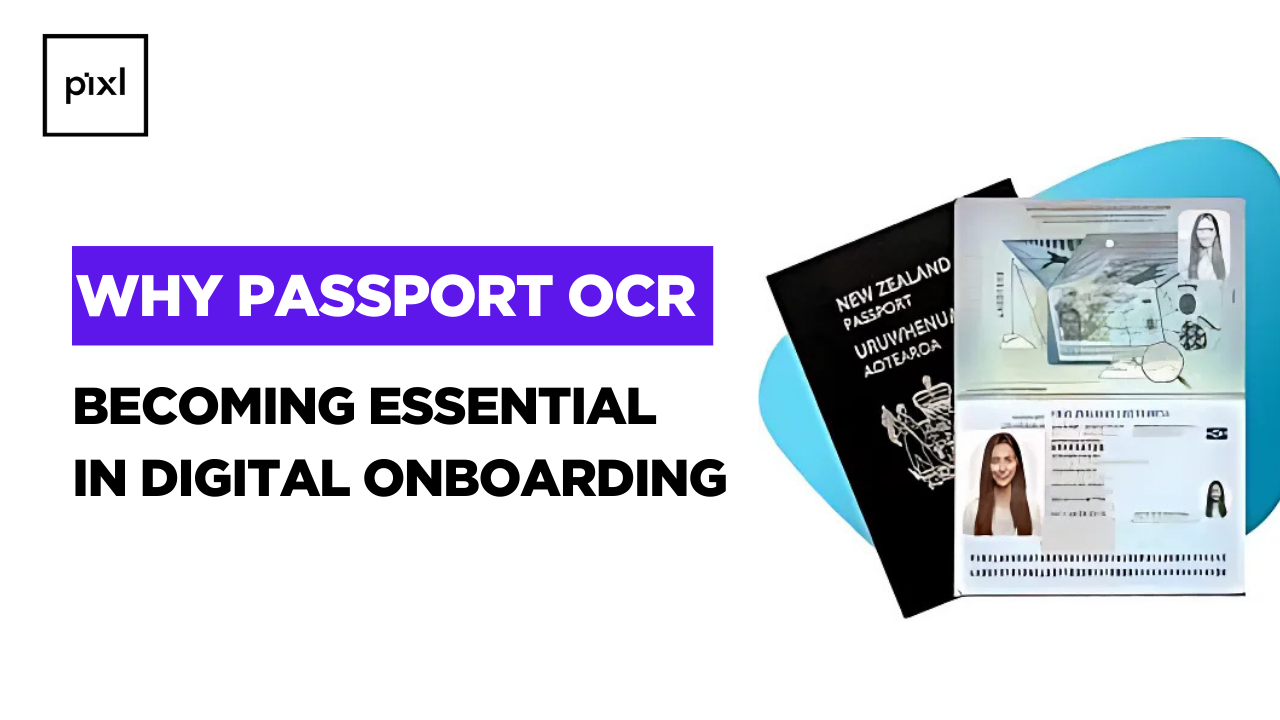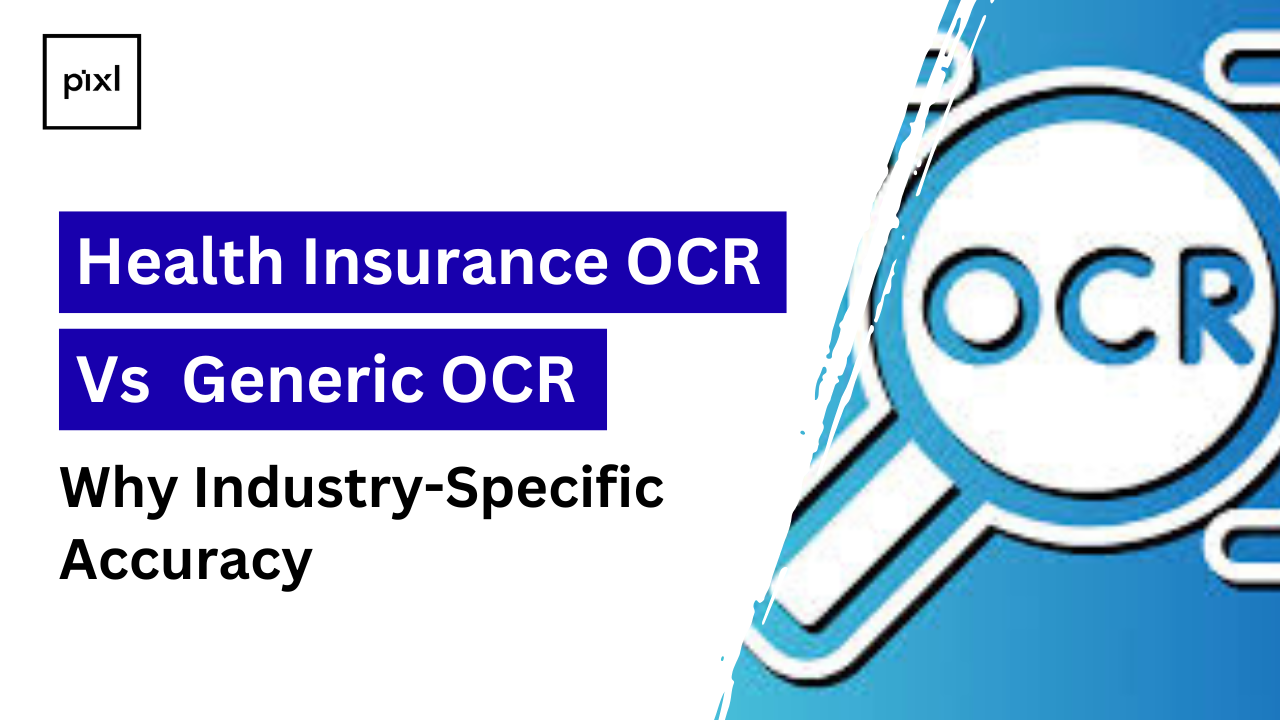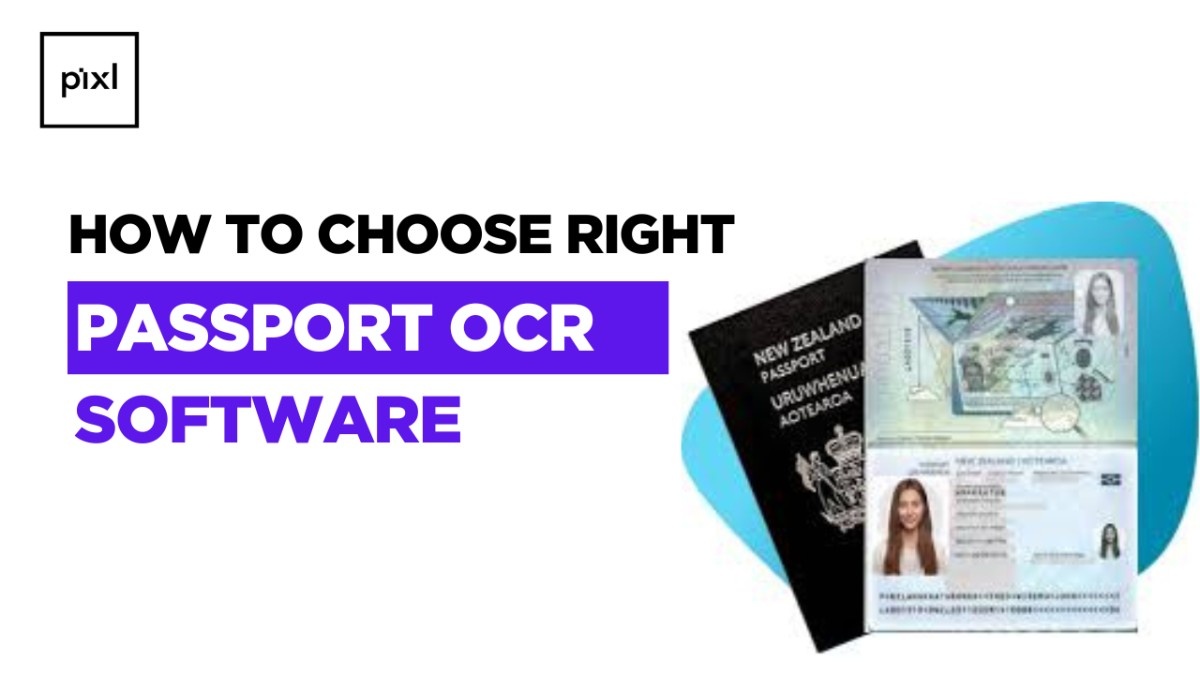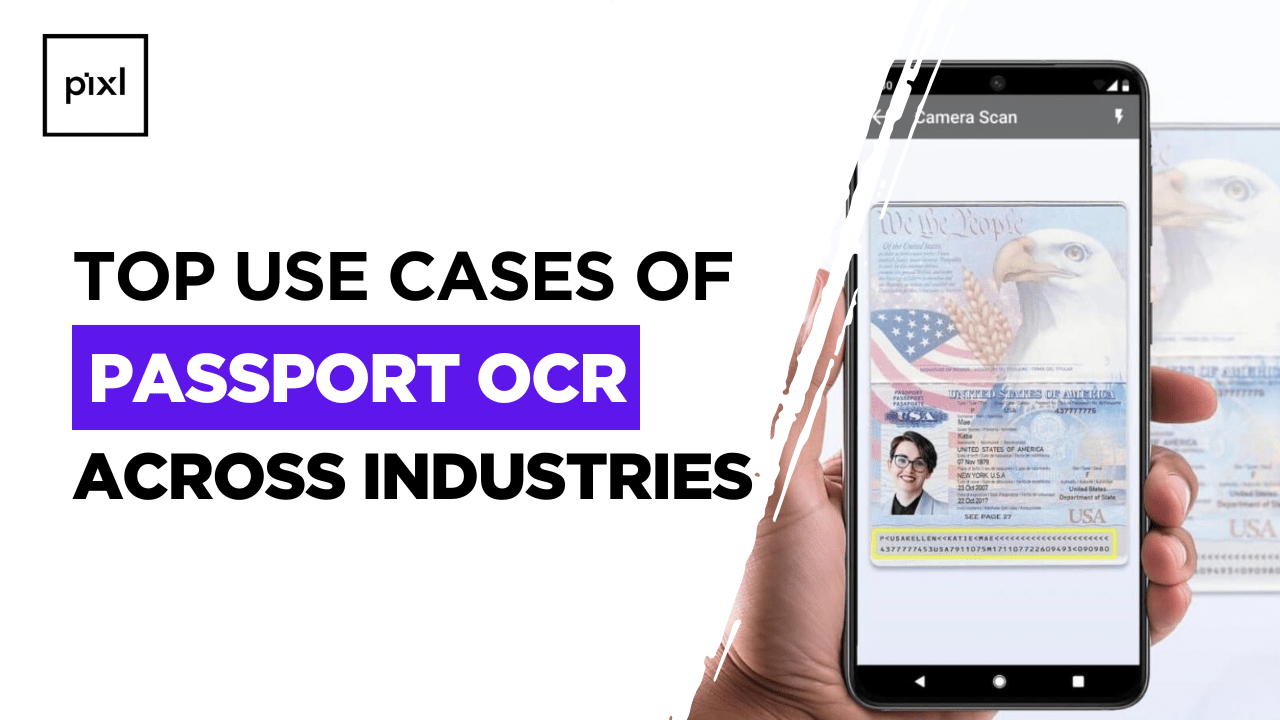The process of onboarding a new customer whether in banking, travel, or insurance sets the tone for the entire relationship. Unfortunately, many organizations still struggle with traditional onboarding methods, which often involve manual data entry from identity documents like passports.here lies the importance of passport ocr solution.
Customers expect instant services, whether they are opening a bank account, applying for a visa, or purchasing travel insurance. At the same time, businesses face strict regulatory pressure to comply with Anti-Money Laundering (AML) and Know Your Customer (KYC) norms.
This blog covers importance of passport ocr in digital on boarding,comparison of modern passport ocr with manual process,key benefits ,applications across various industrys
What is Passport OCR in the Context of Digital Onboarding?
At its core, Passport OCR is a technology that uses advanced algorithms to scan and extract information from a passport automatically. The most crucial part of the passport for this purpose is the Machine-Readable Zone (MRZ) two or three lines of alphanumeric characters printed at the bottom of the identity page.
The MRZ contains essential details, such as:
- Full Name
- Date of Birth
- Passport Number
- Nationality
- Gender
- Expiry Date
By reading this information, Passport OCR can instantly convert physical or scanned passports into structured digital data, ready for verification against databases or internal systems.An MRZ Enabled passport thus enable fast and accurate processing.
Traditional Manual Capture vs. OCR-Enabled Onboarding
Manual Process: An agent types in the details, cross checks documents, and uploads the data. This can take several minutes per customer, with high chances of errors.
OCR Process: The customer uploads a photo of their passport, and the system extracts all relevant fields in under a second, ensuring accuracy and standardization.
In digital onboarding, this difference is critical it enables institutions to process high volumes of applications without sacrificing compliance or customer experience.
Why Digital Onboarding Demands Passport OCR?
Several factors have accelerated the demand for passport OCR in onboarding:
1. Growing Volume of Digital Applications
Banks, fintechs, and even travel agencies are experiencing a surge in online applications. Customers want to open accounts, apply for credit cards, or book visas without visiting physical offices. Manual verification simply cannot scale to handle this growing demand.
2. Rising Customer Expectations
In the age of instant apps and one click checkouts, customers expect onboarding to be equally seamless. Lengthy forms, repetitive data entry, and delays in verification drive abandonment. Passport OCR ensures that users complete onboarding within minutes rather than hours.
3. Regulatory Pressure
Regulators such as RBI, SEBI, and international authorities are tightening compliance norms. eKYC and AML mandates require accurate, traceable verification of identity documents. Passport OCR helps institutions stay compliant by automating error-free data capture and reducing human intervention in sensitive processes.
Together, these drivers explain why passport OCR for onboarding is no longer a nice-to-have but a necessity.
Key Benefits of Passport OCR in Onboarding
Faster Processing
By automating data extraction, organizations cut down processing times from minutes to seconds, reducing drop-offs and improving conversion rates.
Reduced Errors
Manual data entry is susceptible to human mistakes. OCR minimizes these errors, ensuring that information captured is consistent and reliable.
Enhanced Fraud Detection
OCR systems powered by AI can detect tampered documents, duplicates, or inconsistencies in real time, adding a layer of security to onboarding.
Improved Customer Experience
When customers can simply upload a document and complete onboarding quickly, it creates trust and satisfaction, leading to higher engagement.
Cost Efficiency
Automation reduces the need for manual verification staff, allowing businesses to scale without proportionate increases in operating costs.
Choosing the right passport ocr with these features is really a game changer.
Industry Applications: Where Passport OCR Adds Value?
Below mentioned are the top use cases of passport ocr across industrys
1. Banking & Fintech
Banks and fintech firms rely heavily on accurate KYC and AML checks. Passport OCR helps them:
- Extract data instantly during account opening.
- Verify passport information against government databases.
- Reduce fraud while speeding up approvals for loans, credit cards, and investments.
For example, a customer applying for a digital savings account can upload their passport via a mobile app. Within seconds, the system validates the data and confirms eligibility without branch visits.
2. Travel & Immigration
The travel sector handles massive volumes of passport data daily, from booking tickets to applying for visas. Passport OCR enables:
- Faster immigration clearance by automating document checks.
- Simplified visa application processes with instant data extraction.
- Reduced human workload at airports and embassies.
Airlines and immigration authorities already use OCR to enhance border control efficiency while ensuring high security standards
3. Insurance
Insurance companies need to validate customer identities quickly to issue policies or settle claims. Passport OCR helps in:
- Remote policy issuance for international travelers.
- Quick onboarding of non resident clients.
- Fraud prevention in claim processing by verifying document authenticity.
This reduces risks while improving customer trust in insurance providers.
Challenges Without Passport OCR
Organizations that still rely on manual passport data entry face several challenges:
- High Error Rates: Typos, misinterpretation of characters, or skipped fields can lead to failed compliance checks.
- Onboarding Delays: Each customer takes several minutes to process, leading to bottlenecks during peak application periods.
- Increased Fraud Risks: Fraudulent documents may pass unnoticed without automated validation.
- Poor Customer Experience: Lengthy and error-prone onboarding frustrates customers, leading to churn.
In today’s competitive landscape, these inefficiencies can cost institutions both customers and compliance credibility.
How AI-Powered Passport OCR Is Shaping the Future?
Modern Passport OCR goes beyond just character recognition. AI and Machine Learning (ML) have enhanced OCR systems to achieve higher accuracy, even in challenging scenarios like:
- Low-quality or skewed images.
- Multiple documents uploaded in one file.
Complex layouts or handwritten annotations.
Real-Time Verification
AI-powered OCR enables real time verification by cross checking passport data with official databases instantly. This ensures fraud detection and compliance within seconds.
Integration with Biometrics
Future Passport OCR systems are expected to integrate with biometrics such as facial recognition. This will allow onboarding systems to match the passport photo with a live selfie, ensuring both document and identity verification in one step.
Agentic AI for Smarter Workflows
Emerging technologies like agentic AI can automate entire onboarding workflows. For example, an AI agent could guide the customer through the passport upload, verify details in real time, cross check with compliance databases, and approve the application all autonomously.
This combination of OCR, biometrics, and AI driven automation points to a future where onboarding is instant, accurate, and fully digital.
Conclusion
Manual onboarding is irreversible to digital first. Efficiency, accuracy, and compliance are the new standards for customer trust in sectors such as banking, fintech, travel, and insurance.
Passport OCR has become an essential facilitator of this transformation. By preventing errors, shortening processing times, and improving fraud detection, Passport OCR allows organizations to satisfy customer needs and regulatory requirements at the same time.
For digital onboarding teams, implementing Passport OCR is no longer a choice it is a necessity for constructing flawless, secure, and future-proof customer experiences.



